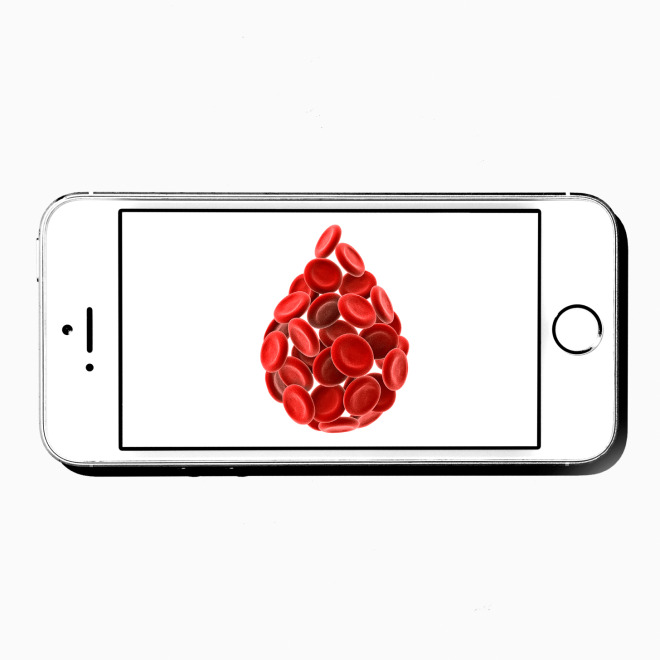
Tiffany Guo and Tassaneewan Laksanasopin are using smartphones to slow the spread of AIDS.
Together with other biomedical engineering researchers at Columbia University, Guo and Laksanasopin have built a tiny smartphone accessory that can detect HIV with a finger prick. It costs just $34 to make. It delivers results in 15 minutes. And according to the researchers, it’s on par with the most accurate of HIV tests.
Because it can so inexpensively and so quickly identify HIV, the researchers believe, the device can make a significant impact on AIDS in Africa and other parts of the developing world. Early detection helps stem the spread of HIV, and this can be particularly important among pregnant women. According to the Centers for Disease Control, women who detect HIV early—and take antiretroviral medication as recommended—can reduce the risk of transmitting the virus to their offspring to less than 1 percent.
As revealed in a study published last week, Guo and Laksanasopin tested the device with a small clinical trial in Kigali, Rwanda, and the results were promising. Over the span of two weeks, 96 patients from three health clinics participated, and researchers say the device performed about as well as commercially available diagnostic tools now used to run tests in the field. The hope is that the device eventually will receive regulatory approval from the World Health Organization and be used in needy areas the world over.
The effort is part of a growing movement to reduce the cost of medicine and medical diagnosis using the latest in mobile technology. A wide range of startups and researchers are building portable devices that can screen for particular diseases, and in many cases, can screen for multiple diseases simultaneously. The device, which so far doesn’t have a name, developed by Guo and Laksanasopin can identify syphilis as well as HIV.
The Smartphone Difference
The project dates to 2007 but really took off in 2013, when the researchers realized they could significantly reduce the cost by piggy-backing on smartphones. If they handled power and data collection on the phone, they could whittle their device down to the basic equipment needed to perform the blood tests, or assays.
“We saw that the smartphone as this ubiquitous device that already had a lot of the components that we wanted,” Guo says. “So we stripped our dongle down to the essentials of what we needed for our assay—very simple optics and very simple fluid control.”
Their dongle, about the size of your palm, plugs into ordinary iPhones and Android phones through the audio jack, which it uses to draw power and transfer data. To use the device, you prick your finger and drop a small blood sample into a cassette holding what’s called a microfluidic chip, and then you insert the cassette into the device. By pressing a bulb on the device, you can push the blood through the chip, which can test the sample, and after about 15 minutes, the results will appear on an app loaded on the phone.
There are other inexpensive ways of testing for HIV and syphilis, including paper-based options similar to home pregnancy tests. But according to the researchers, these tests can be less reliable, and users don’t always know how to make sense of the faint strip of color on the paper.
By the Millions
The question is whether they can get this device in people’s hands. According to Karen Lightman, executive director of MEMS Industry Group, a trade association that works to push microelectromechanical systems and sensors into the global market, it’s an unanswered question.
“They’ve demonstrated it, but can they deliver millions of these?” she asks. One of the main issues, she says, is ensuring that the data is keep secure, so that it can’t be readily lifted from phones. But she believes that reproducing such devices in larger numbers is easier than it once was.
“The industry is maturing, the technology is maturing, and the market is there,” she says. “As we get more standards into place and reduce testing costs, all that is going to mean faster time to market.”
